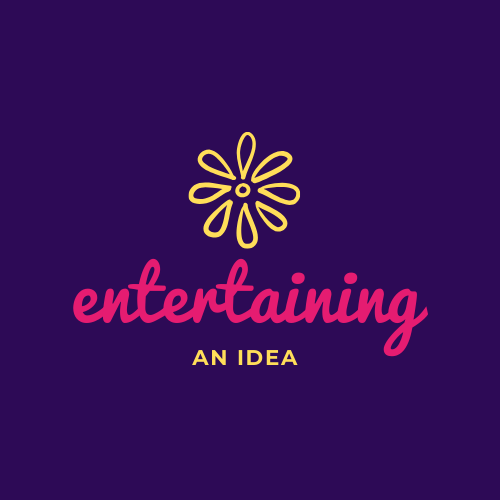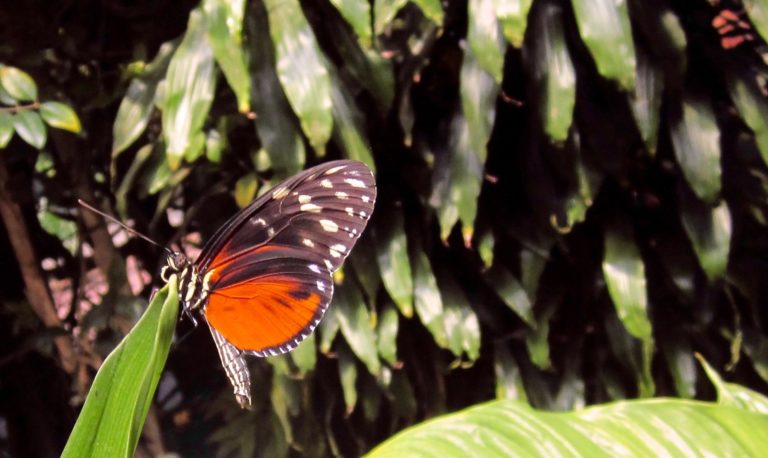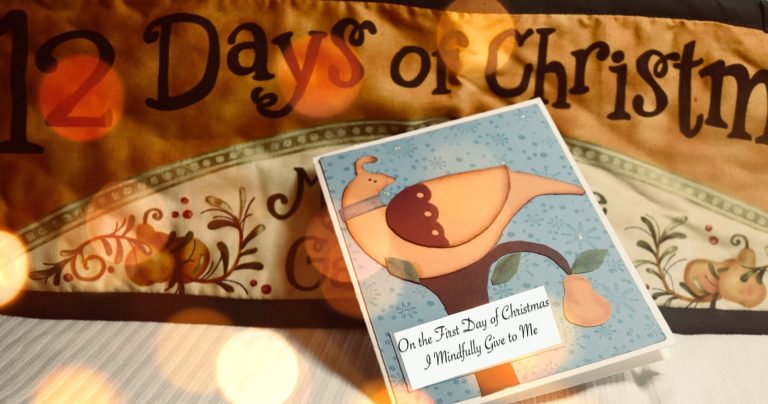Defining Intuition
Intuition is “the ability to understand something immediately, without the need for conscious reasoning” (Google Dictionary: http://intuit.com/Logout.htm ). It is “a process that gives us the ability to know something directly without analytical reasoning, bridging the gap between the conscious and nonconscious parts of our mind, and also between instinct and reason” (Francis Cholle, 2011). Join me for a sneak peak into this way of accessing and developing our power!
Intuition is a way of knowing and an aspect of our personal power. Consider this perspective on knowledge from Radical Psychiatry – The Second Decade (pp. 15-16):
“The four sources of knowledge are science, intuition, wisdom, and vision. Scientific knowledge is derived from the methodic observation of variables and their effect on each other. Intuitive knowledge is derived, not from systematic scientific observation, but from holistically grasping the laws of nature. Wisdom or historical perspective comes from knowledge of past events either though personal experience or through the study of history. Vision is the enlightened capacity to see what lies ahead, not through extrapolation, which is a scientific form of knowledge, but through the actual perception of future events. Ordinarily, only science is considered to be a valid source of knowledge. Wisdom, intuition, and vision are increasingly discounted in that order: Wisdom is for old people, intuition for women, and vision for lunatics. Nevertheless, each of these forms of knowledge has validity and adds to a person’s total power. Ignorance is the consequence of the underdevelopment of this form of power; excessive reliance on the power of knowledge is the consequence of its overdevelopment.”
Accessing Intuition
We can access and utilize all four sources of knowledge in partnership with each other to expand our personal and social power – the ability to have impact on ourselves and others, to take more effective action in the world. Each of us has access to intuition as a way of knowing and, like any capacity, we can develop it with intention and practice. We can also learn to trust it and apply it in our lives and work. A good friend and colleague, Rebecca Johns, has taught courses on intuition and its development (https://www.rebeccajohnscoaching.com ). She partners these different types of knowledge (scientific, intuition, wisdom, and vision) and applies them well. Much of what I know about intuition I owe to Rebecca, and it is a rich territory for exploration.
There are four types of intuition: clairvoyance (clear seeing), clairaudience (clear hearing), claircognizance (clear knowing), and clairsentience (clear feeling, or connecting with our intuition through our bodies – Strozzi-Heckler, 2011). Notice how your experience of your intuition shows up in one or more of these ways. It could show up as a hunch, a “gut sense” or feeling of safety (physical, emotional, or psychological) or lack thereof around a person or situation, or a sense of resonance – like feeling you are on the same wave length as someone else (clairsentience). Recall meeting someone and having an inner sense of whether this person was “safe” or “trustworthy” or, in contrast, if something suggested you should put your “shields up”. Intuition could come in the form of words or hearing a voice (clairaudience), or in seeing words or an image in your mind, having a flash of insight (clairvoyance).
Be Curious
How do we tap into our intuition? First, be open to other ways of knowing in addition to scientific knowledge, wisdom, and visions of the future. Second, be curious. Third, pay attention to what you see, hear, feel, and otherwise just know. Our bodies are a rich source of information and provide intuitive knowledge in many forms: sensation, temperature, pressure, movement, energy, texture, shape, color, taste, smell, touch, emotions, mood, etc. Being still and dropping into our “felt sense” of what’s going on inside is a way to access our “inner-net of intuitive knowledge” (Truscello, 2017).
As we connect with our intuition and the ways in which it shows up for us, we can consult it more often and begin to trust it more when we make choices. When we trust this inner way of knowing, we can exercise our power more fully to have positive impact in our lives and work. See the resources below for additional support in developing your intuition, and have fun with the process 😊
Resources
Einstein, Patricia. Intuition – the Path to Inner Wisdom. Rockport, MA: Element Books, Inc., 1997.
Johns, Rebecca. Intuition is a Leadership Skill. https://www.rebeccajohnscoaching.com/workshops-programs
Steiner, Claude. Power (Chapter 1), In Beth Roy and Claude Steiner (Editors): Radical Psychiatry – The Second Decade (Second Edition). San Francisco: Bay Area Radical Therapy Collective, 1988, pp. 3-16.
Strozzi-Heckler, Richard. Clairsentience: A somatic approach to intuition. Choice Magazine: The Magazine of Professional Coaching, December 2011. Available at: https://strozziinstitute.com/clairsentience-a-somatic-approach-to-intuition/
Truscello, Nora. The Science of Intuition: How to Access the Inner-net of Intuitive Knowledge. Amazon Digital Services, 2017. Available at: https://www.amazon.com/Science-Intuition-Inner-net-Intuitive-Knowledge-ebook/dp/B06X94WVHW/ref=sr_1_2_sspa?keywords=intuition&qid=1565278434&s=gateway&sr=8-2-spons&psc=1







